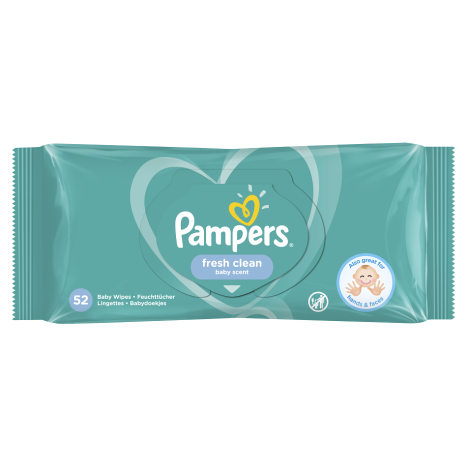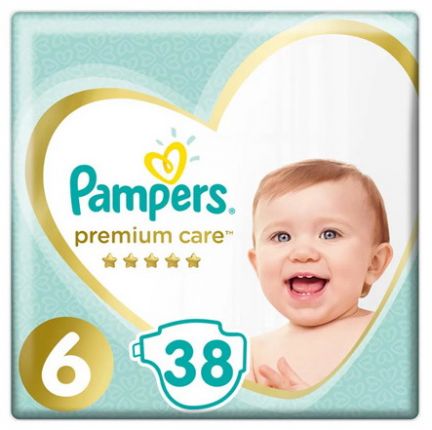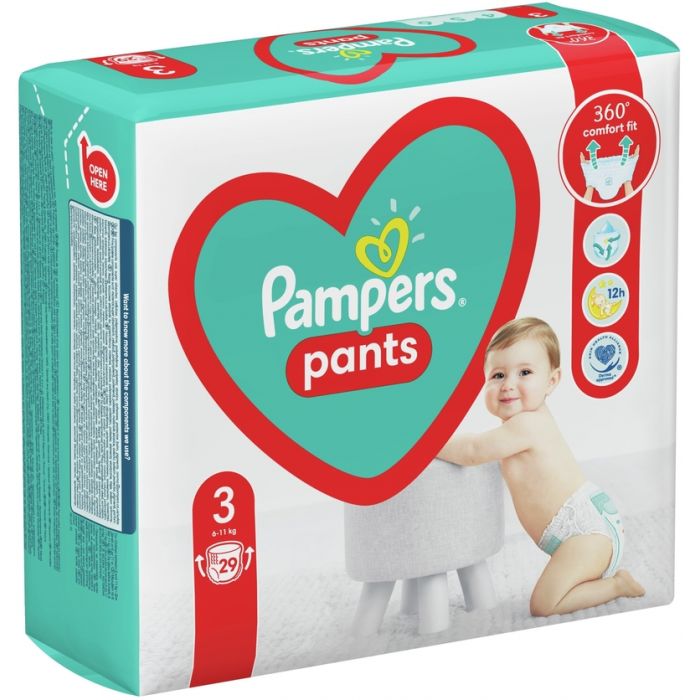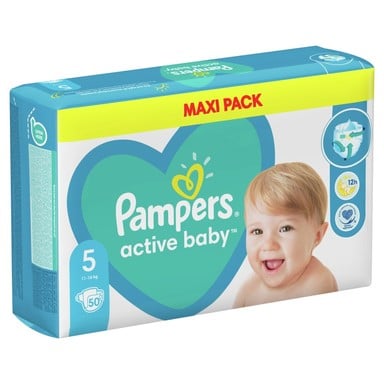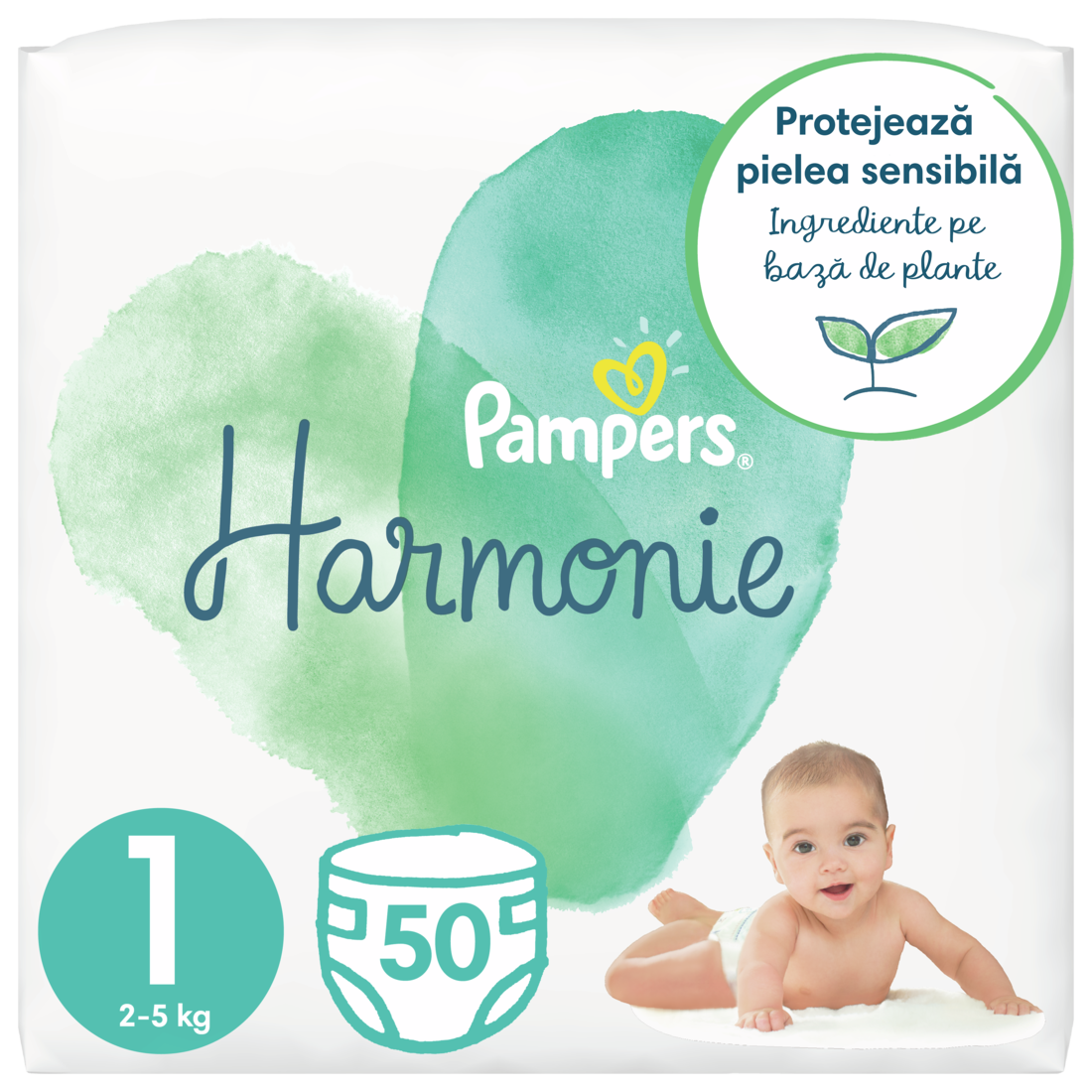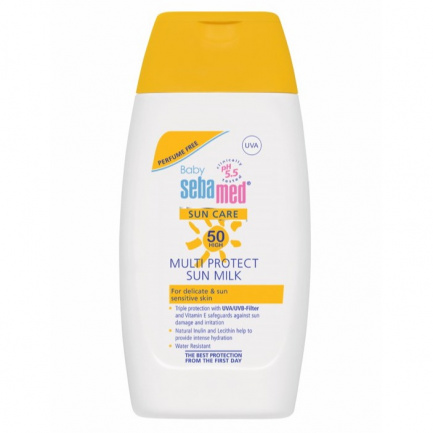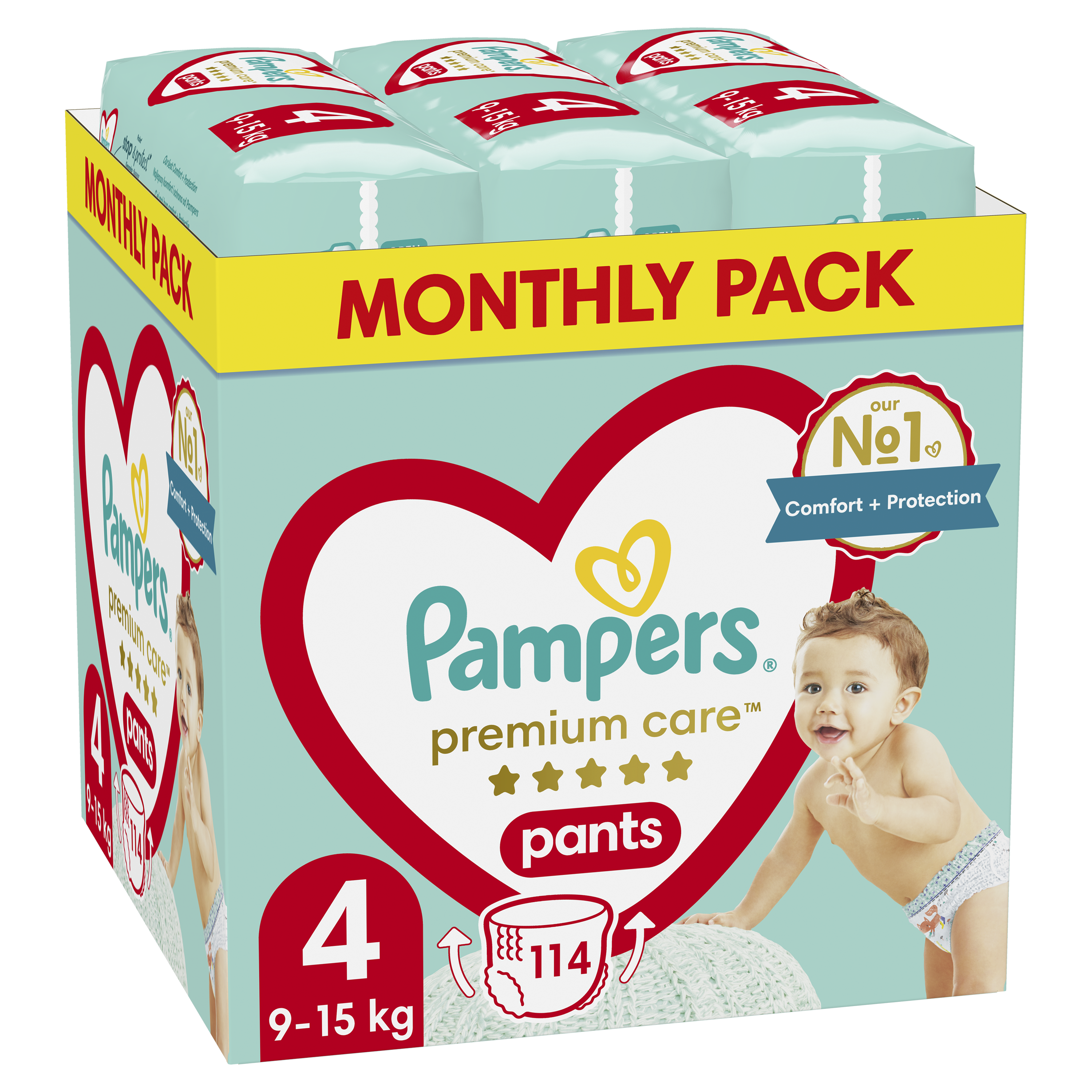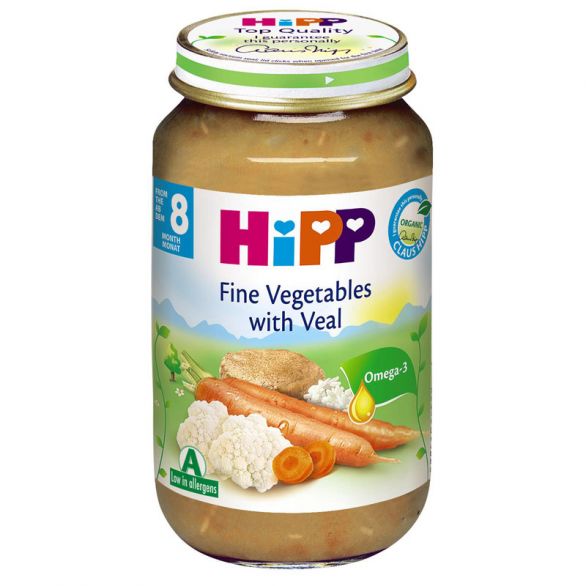PAMPERS Wipes Fresh x 52
Pampers wet wipes clean, moisturize and refresh baby's skin. They are created especially for the needs of the smallest. They are clinically and dermatologically tested. Whether on the playground, the high chair or the changing table, they clean the baby's skin gently and effectively. They can be used both when changing diapers and for the face and hands of your little treasure. Because the safety of the child is a priority, Pampers® Fresh Clean do not contain ethanol, phenoxyethanol, parabens and phthalates.
Modified Cellulose - The soft fluffy fibers commonly used to make clothes help absorb liquid and dirt from delicate baby skin. A non-woven, textile-like material is used.
Polypropylene - Soft, high-performance fibers, safe to use, which guarantee a gentle and thorough cleaning of the baby. A non-woven, cloth-like material is used, giving the wipes extra strength and flexibility.
Purified Water - More than 97% of the product's cleansing formula is water-based, used to improve their texture. Provides optimal moisture and gentle cleansing.
Xanthan Gum - A naturally derived material used to improve the texture and rub feel of baby's skin. Apart from being a cosmetic component, xanthan gum is widely used in both food and pharmaceutical products.
PEG-40 Hydrogenated Castor Oil - The modified oil that helps remove impurities from baby's skin. It is used as a gentle emulsifying and moisturizing agent.
Caprylic triglycerides - Derived from palm or coconut oil. They act as a skin moisturizer as well as a gentle emulsifier.
PPG-16 - Dimethicone - A gentle emulsifying agent that improves the health of baby's skin.
Citric Acid or Sodium Citrate - A naturally occurring acid found in a number of plants (such as corn). It is used to balance the acidity of the formula in order to maintain the natural pH balance of the baby's skin. It is used in many food and cosmetic products.
Sodium Benzoate - A widely used preservative used to prevent microbial contamination. Its level in Pampers wipes has been tested and approved as safe for babies. It is lower than what is considered permissible in many countries even for food products.


